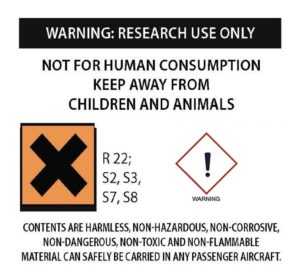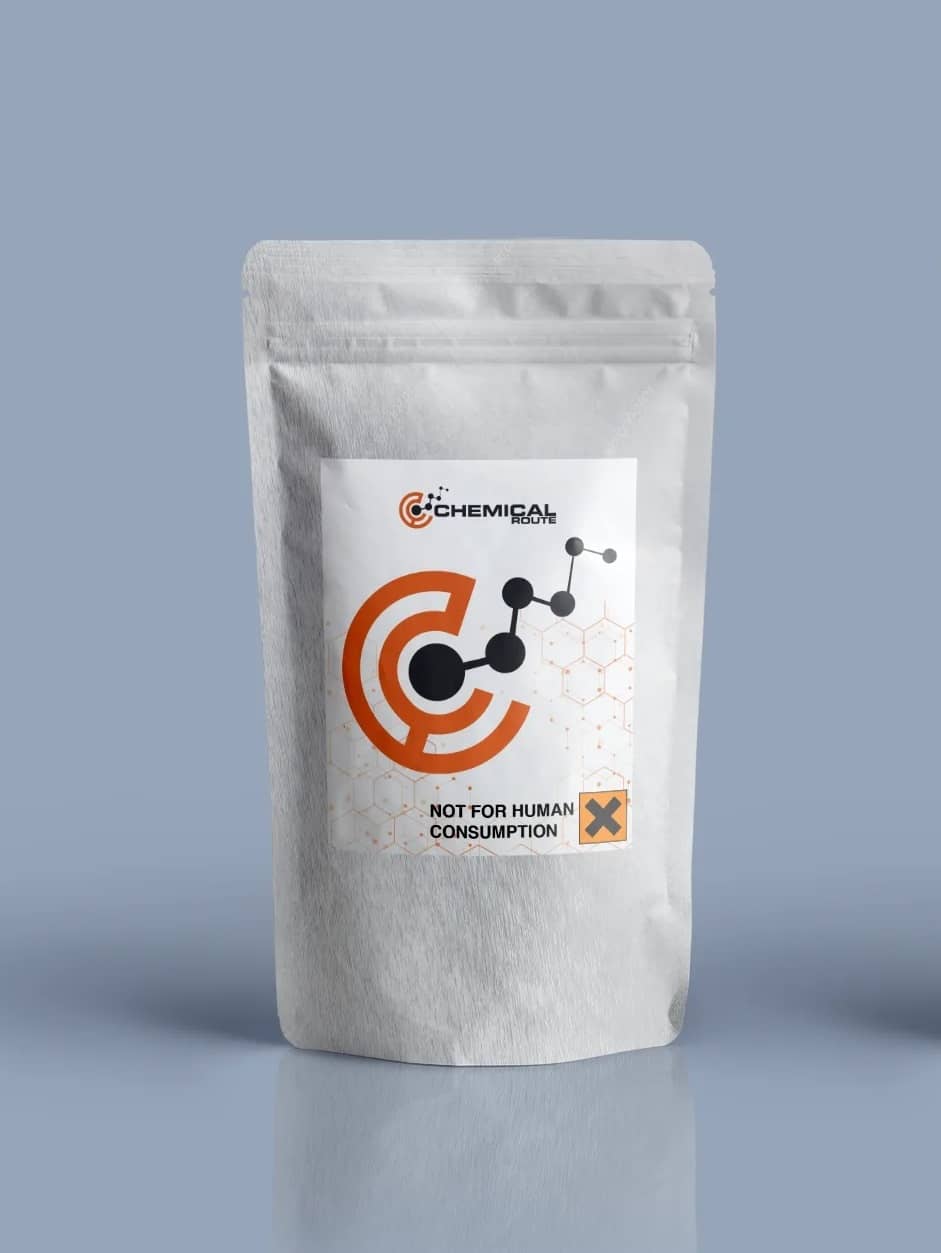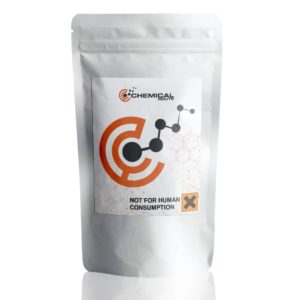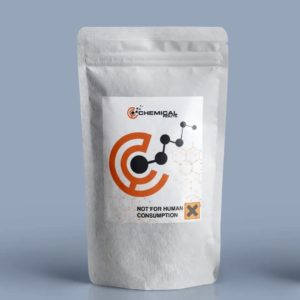Description
MDAI
Product information
IUPAC-name 6,7-Dihydro-5H-cyclopenta[f] [1,3]benzodioxol-6-amine
Synonyms 5,6-Methylenedioxy-2-aminoindane
Formal name 6,7-
Cas number 132741-81-2, 155344-90-4 HCI
Formula C10H11NO2, C10H11NO2 • HCl
Molar Mass 177.203 g·mol−1
Purity 98.0 % min.
Formulation Powder, Solid, Crystals
Solubility
- DMF: 14 mg/ml
- DMSO: 20 mg/ml
- Ethanol: 0.3 mg/ml
- PBS (pH 7.2): 5 mg/ml
5,6-Methylenedioxy-2-aminoindane
5,6-Methylenedioxy-2-aminoindane, also known as MDAI, is a novel entactogen substance that is intended to be used as a selective serotonin releasing agent. It is also non-neurotoxic.
It was developed by David Nichols, a pharmacologist and medicinal chemist at Purdue University. In 2010, it was marketed alongside other entactogens, such as 5-MAPB, 6-APB, and 5-APB, as a legal grey-market alternative to the drug known as MDMA. It is currently being studied as a potential treatment for anxiety and depression.
It has been known that it can stimulate the muscle relaxation and anxiety suppression, as well as enhance the feeling of empathy and sociability. It is also believed that it can produce the non-stimulating effects of certain entactogens, such as MDMA and MDA. However, more research is needed to confirm these claims. It has also been suggested that the lack of active chemicals in the brain, such as norepinephrine and dopamine, limits its ability to produce prosocial or uplifting effects.
Due to the lack of data on the properties and metabolism of MDAI, it is not considered safe to use. It is also advised to use harm reduction methods if using this substance.
Chemistry
A synthetic version of amphetamines called 5,6-methylenedioxy-2-aminoindane, or MDAI, is produced by the R3 terminal carbon of the amphetamine chain being bound to a benzene ring. This bicyclic moeity leads to an indane group.
An amino group known as NH2 is bound to the R2 of the indane ring. This compound is structurally related to 2-AI and forms a methylenedioxy group. Two oxygen substitutions are also made at R6 and R5.
Pharmacology
Multiple sclerosis can affect the regulation of serotonin as was identified in an animal study. It has been shown that the treatment of this condition can lead to the reduction of the serotonin receptor’s reuptake. Studies also suggest that the brains of animals that have been treated with this condition have higher levels of monoamine neural transmitters.
Although the effects of serotonin on the brain are controlled by the treatment of MS, the effects of other drugs such as MDMA are not as effective. One of the main factors that can affect the regulation of these drugs is the reuptake and absorption of the neurotransmitters.
MDAI, is derived from the same substance as MDA but has a different structural variation. This region is responsible for the typical amphetamine-like responses. When compared with other drugs, the pharmacological differences between the two are significant.
Studies have shown that the effects of MDAI on the release of serotonin in research models can be regarded as a selective serotonin receptor agonist (SSRA). Serotonin is a neurotransmitter that is mainly found in the central nervous system and the intestines. It is also involved in the regulation of various processes such as sleep and appetite.
Although the effects of MDAI are similar to those of other drugs, the level of serotonin that it triggers is less than that of MDMA.
In humans, the effects of MDAI have been shown to increase the levels of empathy, love, and emotional closeness. These effects are produced by drugs known as entactogens, which also include MDMA and other drugs known as MDxx.
The toxicological and physiological properties of this compound has not been analyzed. Usage of this Chemical should be for research and forensic purposes only.
WARNING This product is not for human or veterinary use.

This product is only available to persons of 21 years old and above.
Hazard statement(s)
| H302 | Harmful if swallowed |
| H315 | Causes skin irritation |
| H319 | Causes serious eye irritation |
| H332 | Harmful if inhaled |
| H335 | cause respiratory irritation |
| H336 | cause drowsiness or dizziness |
| Precautionary statement(s) | |
| P264 | Wash hands thoroughly after handling |
| P280 | protective gloves/protective clothing/eye protection/face protection |
| P305 + P351 + P338 | IF IN EYES: Rinse cautiously with for several minutes. Remove contact lenses, if present and easy to do. Continue rinsing. |
| P337 + P313 | If eye irritation persists: Get medical advice/attention |
| P261 | Avoid breathing dust/ fume/ gas/ mist/ vapors/ spray |
| P271 | Use only outdoors or in a well-ventilated area |
| P304 + P340 | IF INHALED: Remove victim to fresh air and keep at rest in a position comfortable for breathing |
| P312 | Call a POISON CENTER or doctor/physician if you feel unwell |
| P403 + P233 | Store in a well-ventilated place. Keep container tightly closed |
| P405 | Store locked up |
| P501 | Dispose of contents/container to a licensed disposal company |




Reviews
There are no reviews yet.